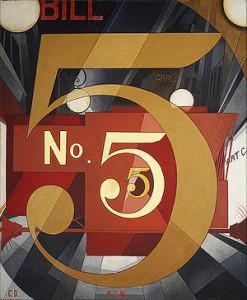 Many American cities are taking a car-centric approach to improving traffic flow and accommodate drivers. Across the pond, Europe is using a different tactic: creating environments openly hostile to cars. The aim is to make car use expensive and inconvenient so that people choose more environmentally friendly modes of transportation. Here’s a look at some Euro car related facts.
Many American cities are taking a car-centric approach to improving traffic flow and accommodate drivers. Across the pond, Europe is using a different tactic: creating environments openly hostile to cars. The aim is to make car use expensive and inconvenient so that people choose more environmentally friendly modes of transportation. Here’s a look at some Euro car related facts.- Cities including Vienna, Munich, and Copenhagen have closed vast swaths of streets to car traffic. Barcelona and Paris have had car lanes eroded by popular bike-sharing programs. Drivers in London and Stockholm pay hefty congestion charges just for entering the heart of the city. And over the past two years, dozens of German cities have joined a national network of “environmental zones” where only cars with low carbon dioxide emissions may enter.
- Europe’s cities generally have stronger incentives to act. Built for the most part before the advent of cars, their narrow roads are poor at handling heavy traffic. Public transportation is generally better in Europe than in the United States, and gas often costs over $8 a gallon, contributing to driving costs that are two to three times greater per mile than in the United States.
- [In] Zurich, carless households have increased from 40 to 45 percent in the last decade, and car owners use their vehicles less, city statistics show.
- 91 percent of the delegates to the Swiss Parliament take the tram to work.
- In Copenhagen, Mr. Jensen, at the European Environment Agency, said that his office building had more than 150 spaces for bicycles and only one for a car, to accommodate a disabled person.
[Source: NY Times]
Image source: Metropolitan Museum of Art

